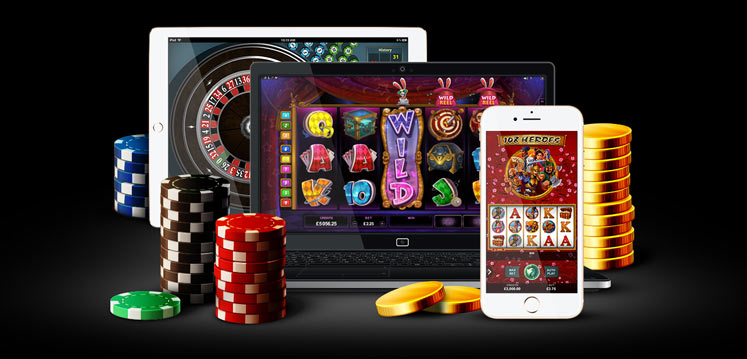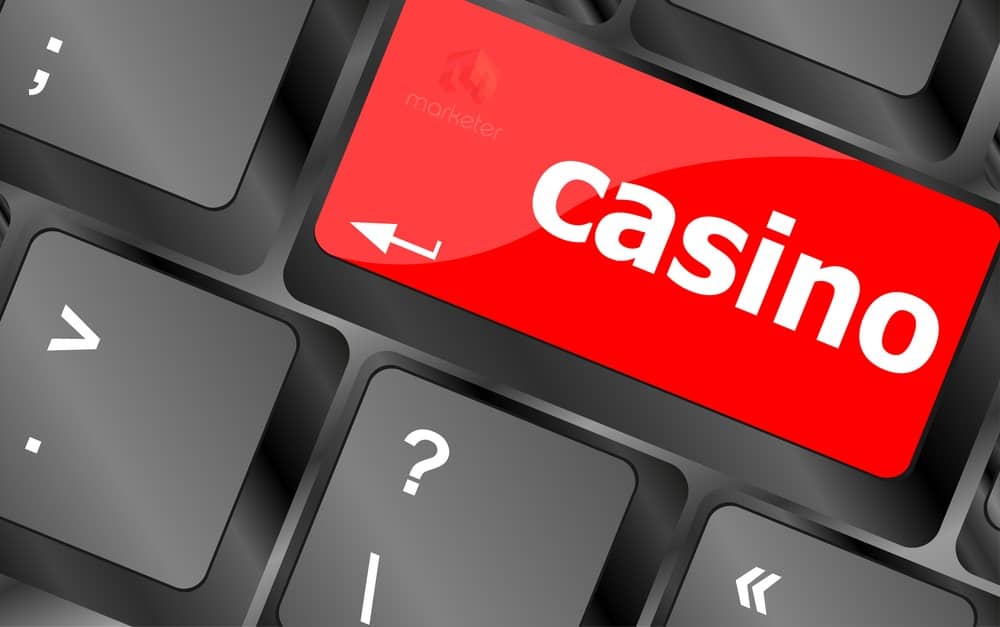
nanabet nana bet is a concept and a market niche that reflects a broader shift in how people engage with wagering and gaming in the digital age.
In recent years, the betting landscape has diversified beyond traditional sports bets and casino games into specialized niches that emphasize accessibility, frequency, and technology-driven experiences. One such niche is nanabet — a term increasingly used to describe extremely small-stake wagers, often enabled by modern platforms that allow bets measured in cents, micro-units, or even fractions of conventional currency. The essence of nanabet is simple: reduce the barrier to entry so users can participate in high-frequency, low-risk betting activities that feel more like entertainment than financial speculation.
Technological advances have made nanabet models feasible. Mobile apps, instant payment processors, and real-time data feeds enable platforms to accept and settle thousands of small wagers per minute. These systems rely on scalable architecture, robust APIs, and often, automation to provide seamless user experiences. The result is a betting environment where micro-events — such as a single free throw in basketball or the next play in an esports match — can be offered as individual betting opportunities. For operators, the logic is volume: many tiny bets can aggregate into sustainable revenue, provided margins and risk are managed effectively.
From the consumer perspective, nanabet offers several attractions. First, it provides entertainment value at minimal cost. Players can engage with live events without exposing themselves to large financial risk. Second, it allows experimentation: users can try different strategies, learn how odds respond to game dynamics, and enjoy the thrill of prediction without the stress that larger stakes bring. Third, nanabet can create social and community experiences, as groups of friends or followers make small parallel bets and compare outcomes in real time.

However, nanabet also raises important questions for regulation and responsible gaming. Because the barrier to entry is low and the pace of play can be rapid, there is a potential for compulsive behavior. Regulators and operators must consider safeguards such as spending limits, cooling-off periods, and transparent information about odds and expected value. Effective age verification and clear responsible gaming messaging are crucial, as is the design of user interfaces that discourage continuous automatic play without reflection. The challenge is to balance commercial innovation with consumer protection so that nanabet remains a harmless form of entertainment rather than a vector for harm.
Strategies for successful micro-betting differ from those used in traditional wagering. With nanabet, bettors benefit from disciplined bankroll management: allocating only a small portion of discretionary funds to high-frequency play and setting strict loss limits. Another helpful approach is to focus on markets where the bettor has an informational edge — for example, in niche esports or local sporting leagues where formal markets are less efficient. It’s also valuable to understand probability and variance: while a single nanabet has negligible financial impact, repeated play leads to statistical outcomes that reveal whether a strategy is profitable over time. Finally, bettors should be wary of chasing losses; the convenience of placing another tiny bet can mask the cumulative effect of many small losses.
Operators exploring nanabet should invest in fairness and transparency. Publishing clear pricing, payout structures, and the algorithms used for in-play odds can build trust. Some platforms incorporate gamification elements — achievements, leaderboards, and social sharing — but these must be designed with care to avoid encouraging reckless behavior. Financial controls on the backend are necessary to monitor for pattern risks, such as automated bots or exploitation of inconsistent data feeds, and to ensure regulatory compliance across jurisdictions.
The economics of nanabet hinge on balancing odds margins with operational costs. Traditional sportsbooks rely on larger margins per bet, but nanabet platforms must account for payment processing fees, customer acquisition costs, and the technical costs of delivering real-time services. Innovative pricing models, such as subscription tiers for reduced commission or microtransaction bundles, can help align operator incentives with user value. Partnerships with data providers and streaming services can also create integrated experiences where betting enhances live viewing rather than distracting from it.

Privacy and data protection are additional considerations. Because nanabet platforms often seek to personalize offers and keep users engaged, they collect significant behavioral data. Strong data governance, anonymization practices, and compliance with regulations such as GDPR are essential to maintain user trust and avoid legal complications. Operators should be transparent about how personal data is used, provide easy ways for users to manage their preferences, and ensure data security through encryption and best-practice controls.
Looking ahead, nanabet could intersect with new technologies in ways that reshape the industry. Blockchain and smart contracts offer potential for transparent, tamper-proof settlements of micro-wagers, reducing friction and enhancing trust. Artificial intelligence can power better odds-making, fraud detection, and personalized responsible-gaming interventions. Augmented and virtual reality may create immersive contexts where nanabet is woven into entertainment experiences, allowing users to place tiny bets within virtual venues or on gamified events that blend sports, esports, and interactive content.
At the same time, broader societal trends will influence nanabet’s trajectory. Shifts in regulation, public attitudes towards gambling, and technological norms around microtransactions will all play roles. Policymakers will need to consider whether existing frameworks adequately address the unique dynamics of high-frequency, low-stake wagering. Consumer advocates will likely push for clear disclosures and stronger safeguards. Meanwhile, market demand will depend on whether users continue to value micro-interactions over traditional betting formats.
For individuals and operators considering the nanabet space, pragmatic steps are recommended. Consumers should prioritize platforms that demonstrate responsible practices, transparent pricing, and solid security. They should treat nanabet as entertainment, set clear budgets, and use available tools to control play. Operators should embed consumer protection into product design, invest in reliable infrastructure, and engage proactively with regulators. Collaboration between stakeholders — operators, regulators, academics, and advocacy groups — can help shape healthy market norms that preserve fun while minimizing harm.
In conclusion, nanabet represents a fascinating evolution in wagering culture: a move toward micro-stakes, high-frequency experiences enabled by contemporary technology. It offers new forms of engagement and entertainment while bringing challenges in regulation, responsible gaming, and platform design. Thoughtful innovation and careful governance can help ensure that nanabet matures into a sustainable and safe option in the broader gambling ecosystem. As with any emerging field, the balance between opportunity and responsibility will determine whether nanabet becomes a mainstream complement to existing betting formats or remains a niche experiment for early adopters.
